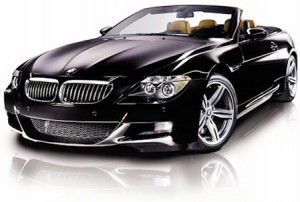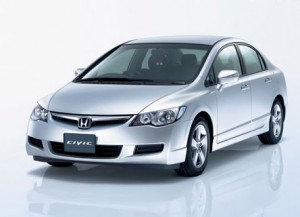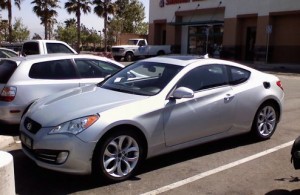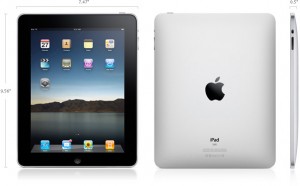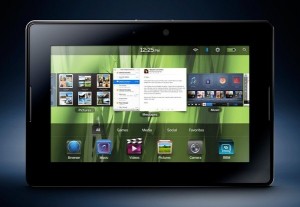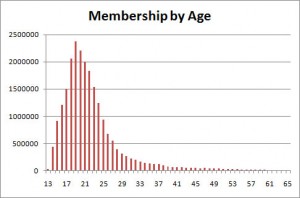“Groupon is a deal-of-the-day website that is localized to major geographic markets in the United States and Canada.” (Wikipedia). It sends out daily emails to subscribers informing them about deals in their geographical region.
I subscribed to Groupon in July 2010 and unsubscribed in August 2010 because I thought that deals posted on that website were too good to be real. It, however, turns out that Google, a multinational public corporation, tries to buy Groupon for 6 billion dollars (published last week in THE GLOBE AND MAIL). As described in the article, Groupon was created in 2008 and became one of the fastest growing companies in history. I just found out in a marketing blog that Yahoo was also interested in buying Groupon earlier this year.
Groupon succeeded because of several reasons. First, it was able to take advantage of internet and its fast way of communicating information in order to capture customers’ attention with the best and most recent deals in the city. Secondly, Groupon links stores or companies to consumers and allows firm to use direct marketing at a very low cost. The traditional way of direct marketing is to send a coupon to customers in their mail box. This method can be effective but it has several disadvantages: it is costly; and it can sometimes target consumers who are not interested in those products. On the other hand, by receiving via email customers can simply delete the email from their inbox without going through the trouble of recycling. Because of those advantages, more and more firms post their deals on Groupon and as a result more and more individuals subscribe to this website hoping to get the best deal possible.



